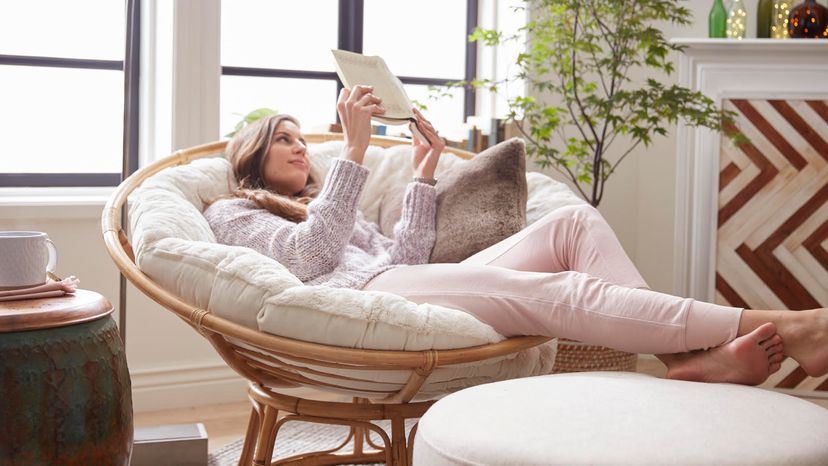
In the early 2000s, my high school friends and I would routinely crash at one pal's house on the weekends. Her apartment was roomy enough to accommodate an impressive number of obnoxious, post-party teenagers, but there was only so much mattress space and couch real estate to go around. Inevitably, one of us would have to sleep in the papasan.
If you don't know the papasan by name, you certainly know it on sight. It's that bowl-shaped, cushioned chair that has a definite 1970s feel to it. It seemed to enjoy a renaissance in the late mid to late '90s (I can't find evidence of one existing in the "Friends" apartment, but it definitely could have been something Monica had and never allowed anyone to sit in).
Advertisement
In reporting this story, I learned that just about everyone has a papasan story. I heard a lot of "oh I love those!" and "ugh I had to sleep in one of those after a frat party once." My completely informal and unscientific poll on the matter indicates that many admire the quirky aesthetic of the papasan, plenty are put off by its precarious-seeming nature, and more than a few have woken up stiff and contorted from assuming the fetal position in it for eight hours. Regardless of your relationship to the furniture staple, it's worth knowing a little bit about this curious circular seating option and where it came from.
